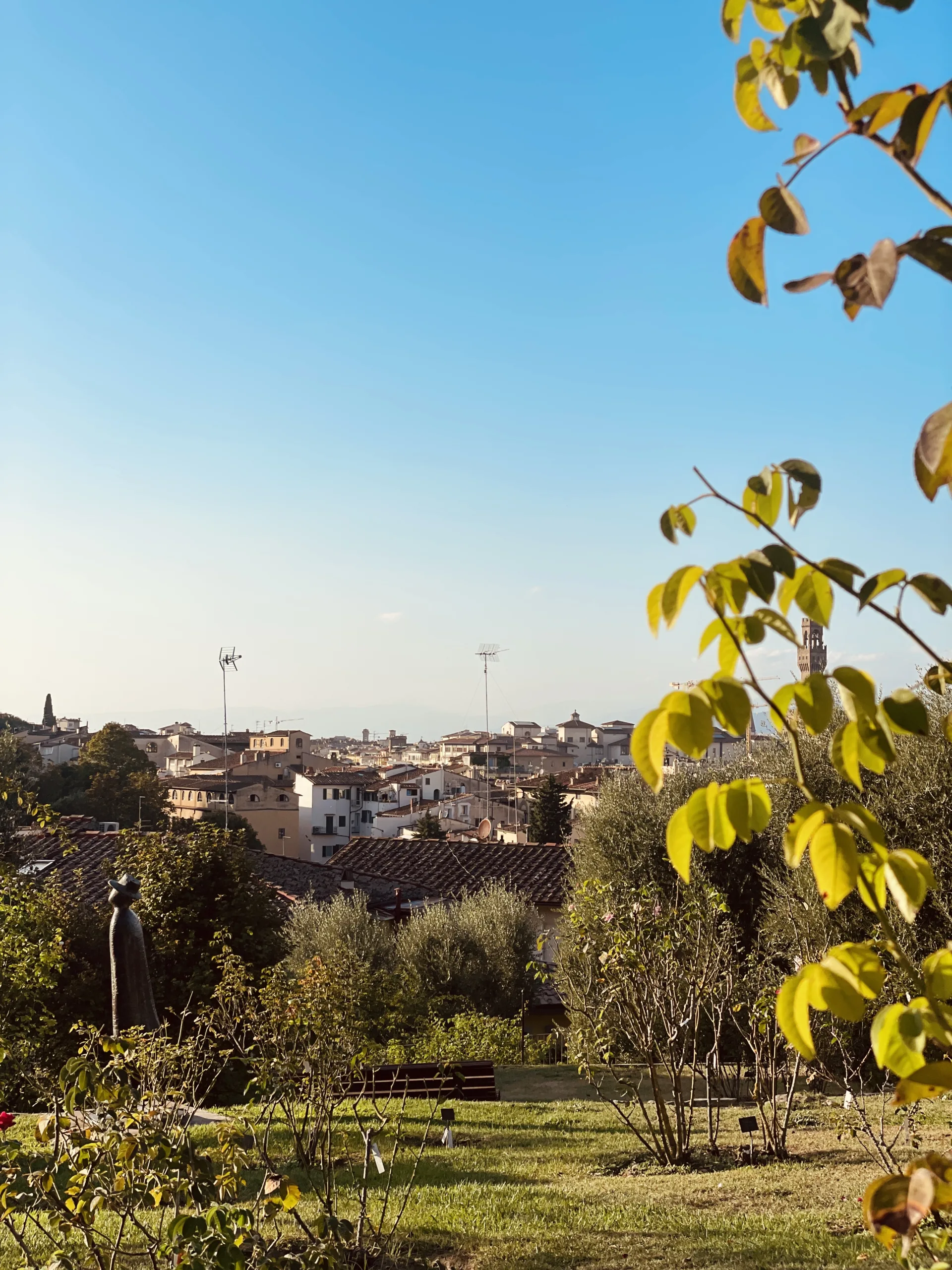

As the world keeps speeding up around us, our quality of life hasn’t exactly increased. Many of us are looking for ways to live better, not faster.
Slow living is the perfect way to do exactly that— and it can be done by anyone, anywhere. (Yes, even if you live in a fast city)
Slow living has many benefits and looks different for everyone, but when you boil it down, it means living according to these five principles: intention, connection, balance, well-being, and mindfulness.
One of the most important things about slow living is living with intention. It’s about understanding what is truly important to you, and what you value in your life. This is where we reject the “shoulds” that have been placed upon us and replace them with the things we want from life. It’s about curating your life according to your values by slowly removing what doesn’t serve you and spending more time doing what does.
Start by understanding what you value. Think about what brings you joy and why. Do you value Creativity? Connection? Delicious food? Adventure? This will be unique to you, so take some time to think about what lights you up, or what your dream life would look like. Then define what values would get you to that.
Connection is a fundamental piece of slow living. When we take the time to slow down and be fully present we can connect on a deeper level with the world around us. When we operate from a place of slowness, we give ourselves time to observe and think, rather than react. This allows us to deepen our connection to the world around us. This not only applies to our relationships with others but also how we connect with our work, when we give ourselves time to digest problems we can connect to better solutions. How we connect to our experiences, for example, the cultures we discover when we travel, and how we connect with nature.
Start by being an observer and listener. When we are on autopilot we don’t notice things or listen to understand, but rather just respond. Whether it’s in a conversation or something that you observe in the world around you, go deeper by taking the time to listen and observe, responding with a question about what is being presented to you, rather than an immediate response.
While slow living advocates eliminating the excess, it doesn’t mean that you need to live like a monk or a minimalist. It’s about understanding how to balance the things you want in your life. For example screen time, slow living doesn’t mean you can’t be on social media or watch Netflix. Rather it means limiting the amount of time you spend doing the activities so it doesn’t consume you.
Start by understanding where your time is going. Track your time for a couple of days, then analyze if it’s aligned with your values. If it is, great! Keep on keeping on. If not, adjust your schedule so you are spending more time doing things that bring you joy and purpose.
Placing your well-being at the center of our lives is key to slowing down. When we take the time to value quality over quantity or speed, our lives change for the better. Find time to do the activities that champion your wellbeing, both physical and mental. For example when we take the time to cook ourselves a meal rather than stopping for fast food on the way home from work we are fueling our body with quality ingredients, and we feel better and have more mental clarity. When we choose to have a nice cocktail over binge drinking, we feel better the next morning.
Make choices that will prioritize your wellbeing over instant gratification. Take a moment to ask yourself how something will make you feel in an hour, the next day, a month from now, or a year from now (depending on the decision you are making). If you’re not going to feel good about it in the future, opt for something that you can feel good about.
Last but definitely not least, mindfulness. In order to live a slow life, we must be present and in tune with ourselves. Without it, we can’t sustain the other 4 characteristics of slow living. Being mindful is about living with a level of awareness and presence. It’s about understanding how your actions impact you and the world around you.
Start by checking in with yourself each morning, maybe this means 10 minutes of meditation or taking the time to journal, asking yourself how you are doing on bringing the characteristics of slow living into your life. Also, practice being present, you can do this by bringing your attention fully to one thing you would normally do mindlessly, such as drinking your morning coffee. Engage all of your senses, how does it taste or smell? How does the cup feel in your hand? How does it sound when it’s brewing?
Remember to be patient with yourself on this journey. It might seem like it goes without saying, but you shouldn’t feel the need to do this quickly. The more practice it, the more you will be able to cultivate it in your everyday life. If you feel like you need an extra boost of inspiration, check out these books on slow living.






However, living consciously means acknowledging the importance of self-care and understanding that our own health and happiness are essential for a balanced life. In this article, we’ll explore the significance of self care, and share some practical tips to help you prioritize your well-being.




© 2023 Maia Conscious Living Privacy Policy | Gabs Nardo LLC